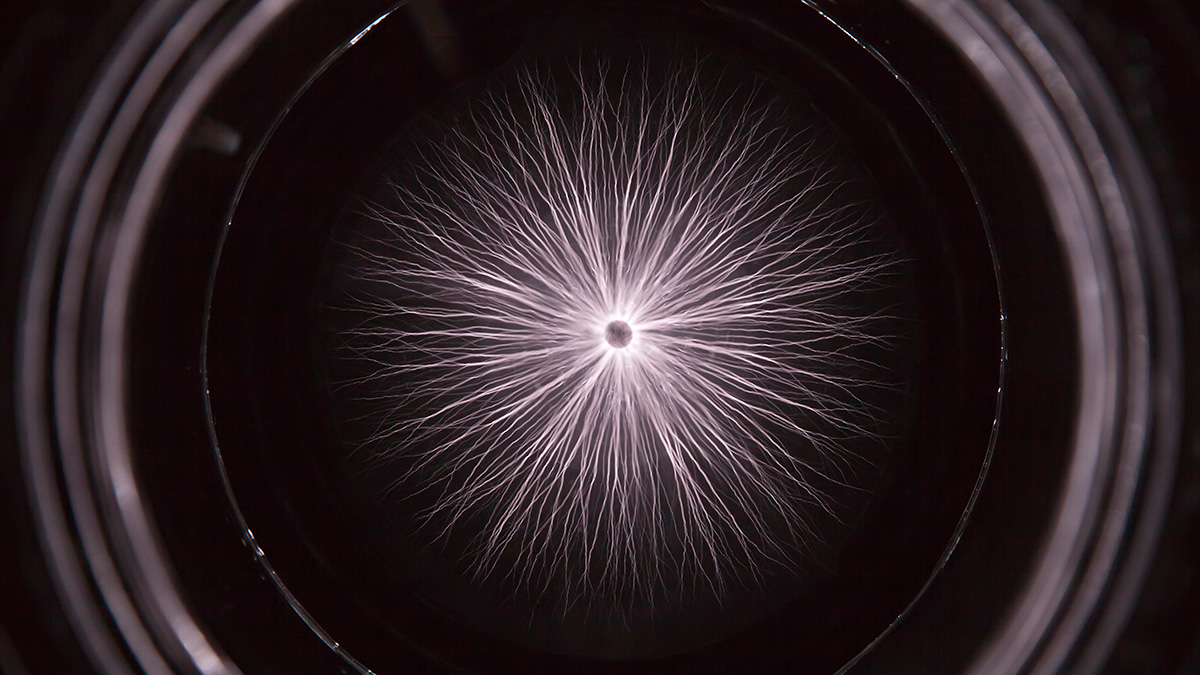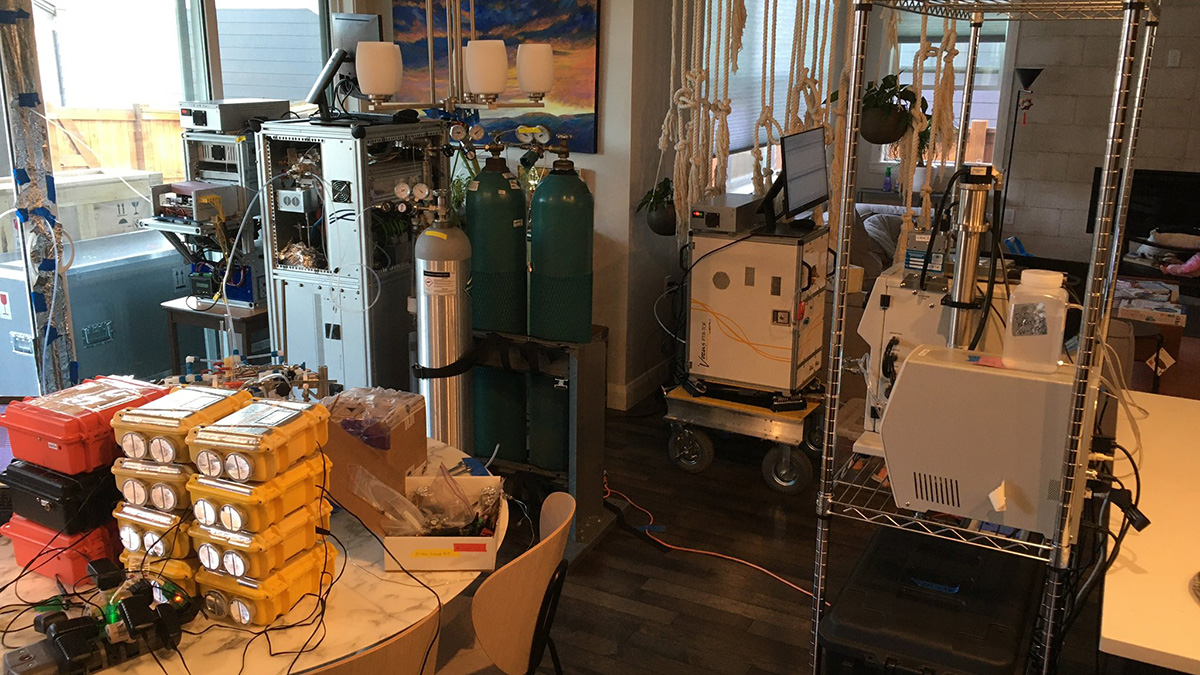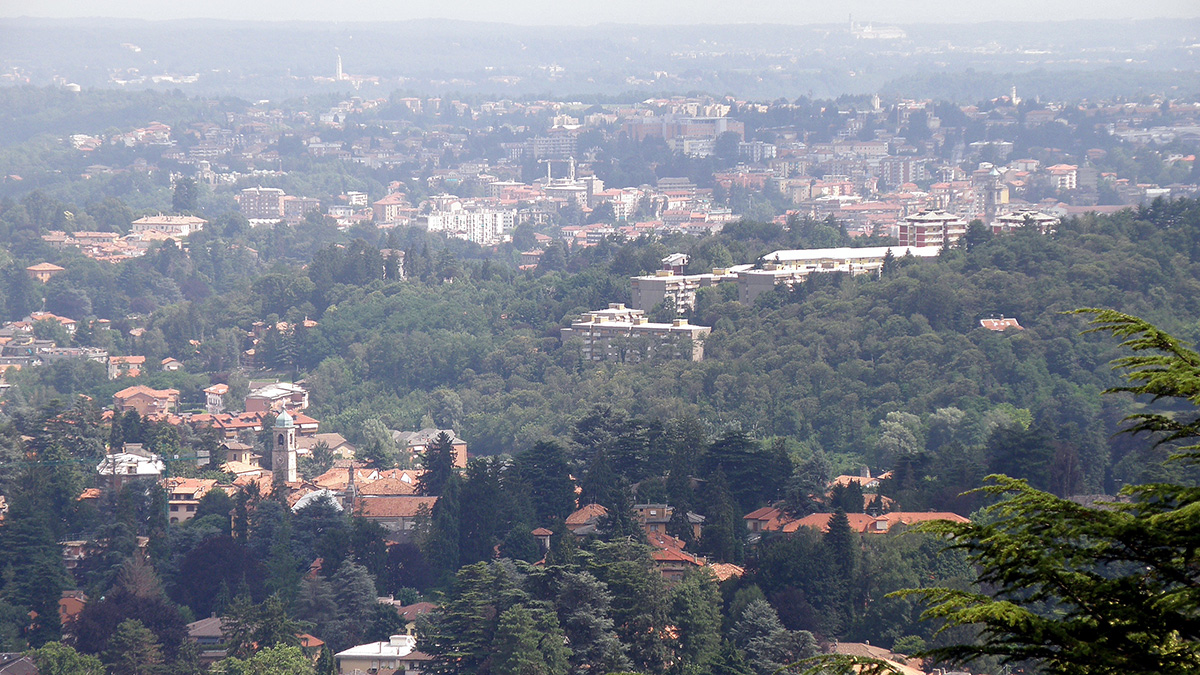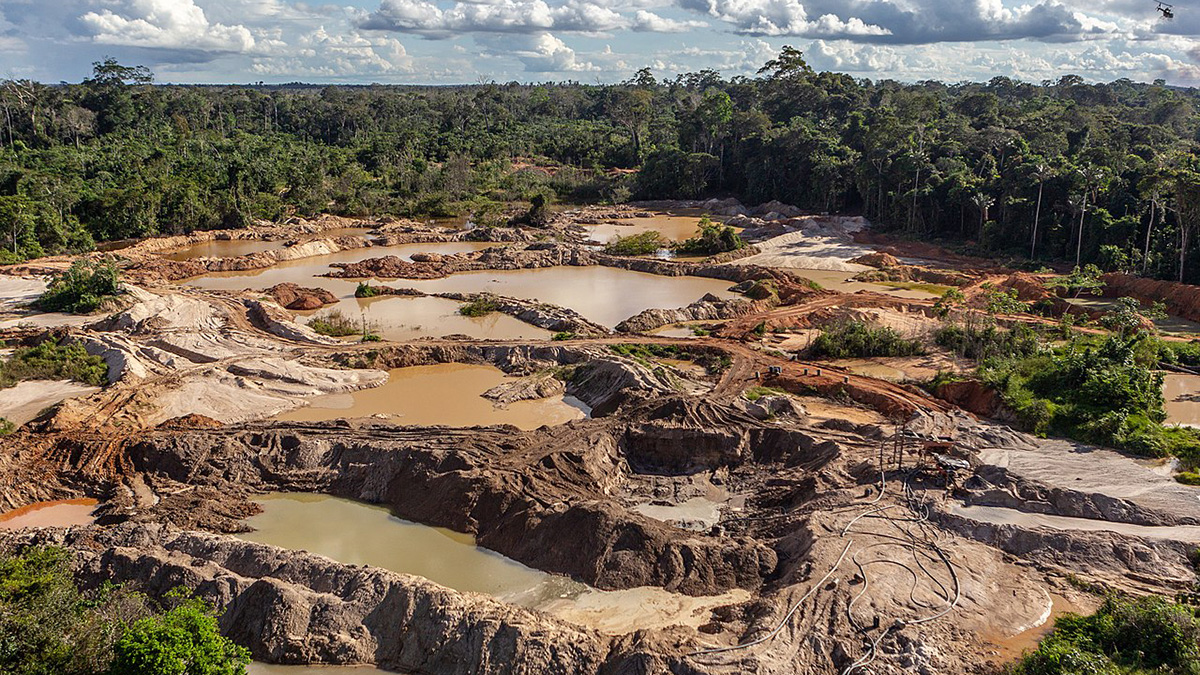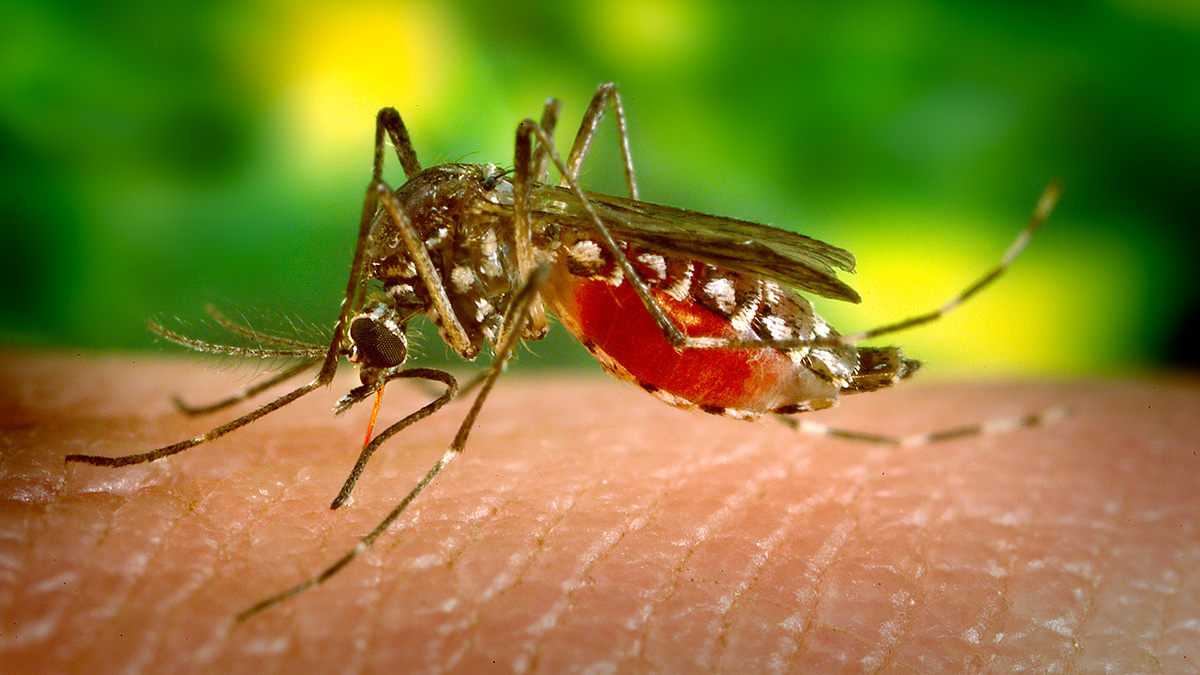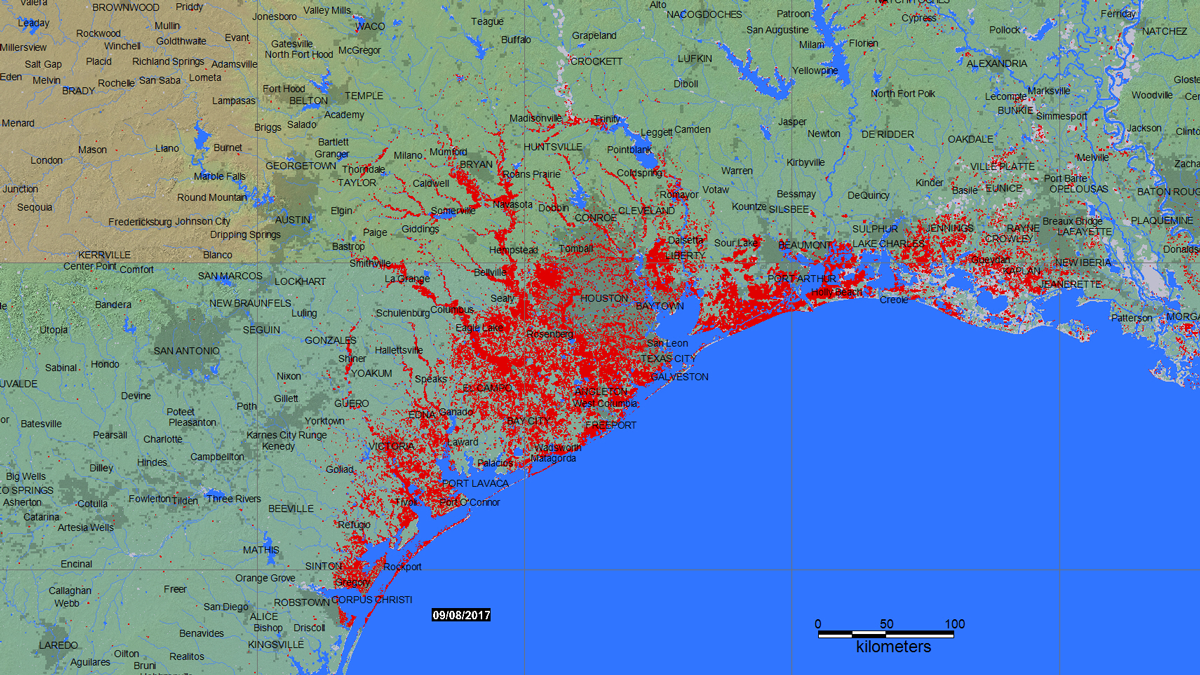New technologies seek to remove and destroy dangerous PFAS chemicals in contaminated water.
geohealth
Crowdsourced Science Helps Monitor Air Quality in Smoke-Damaged Homes
Researchers collaborate with residents to measure airborne chemicals in homes and evaluate how clean the air really is after remediation from Colorado’s Marshall Fire.
Exposure to Low Levels of Air Pollution Increases COVID-19 Risk
Although causality has yet to be established, an Italian case study found that an increase in annual average exposure to PM2.5 was associated with a jump in the rate of COVID-19.
Coal Seam Fires Burn Beneath Communities in Zimbabwe
Underground fires threaten the health of people and livestock living near mines supporting the country’s growing coal industry.
Climate Change Could Reshape Pathogen Profile of Diarrheal Disease
An illness caused by rotavirus could recede as temperatures warm, whereas wetter conditions might favor some bacterial competitors.
Mining Threatens Isolated Indigenous Peoples in the Amazon
A bill in the Brazilian congress could grant a wide expansion for mining on Indigenous lands. New research shows how this could radically affect isolated peoples.
Field Kits Effectively Predict Arsenic Contamination
Field kits used in Bangladesh to test arsenic exposure from contaminated drinking water are effective in comparison to expensive laboratory arsenic tests.
Health Impacts of Air Pollution from Australian Megafires
Models suggest that thousands of Australians experienced dangerous levels of air pollution for several months, leading to more than a hundred deaths.
Remote Sensing Could Predict Well Water Quality After Floods
After a flood, most people rely on officials to test public water sources. Private well owners are on their own, with little data to guide testing and treatment. New research seeks to change that.

